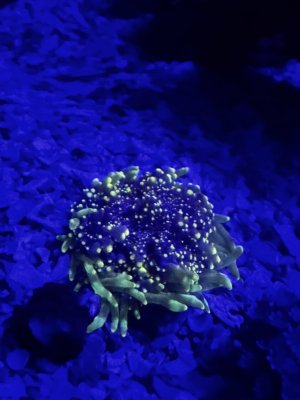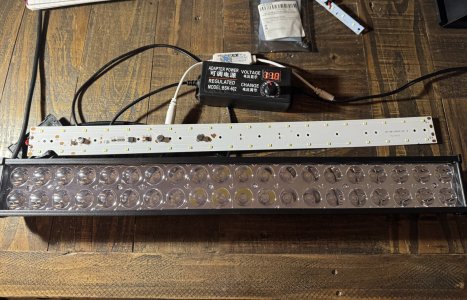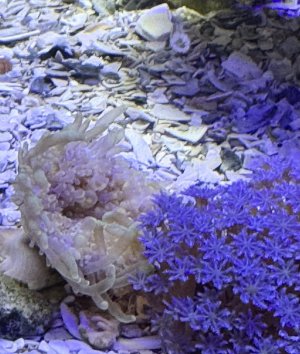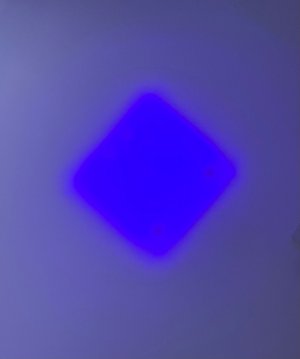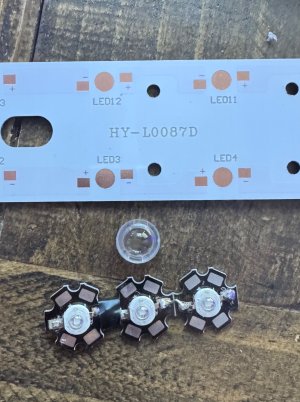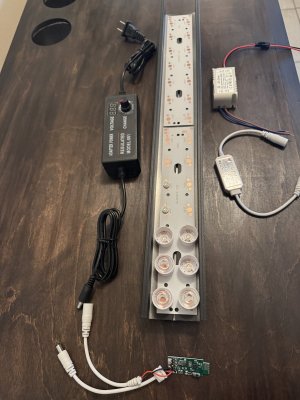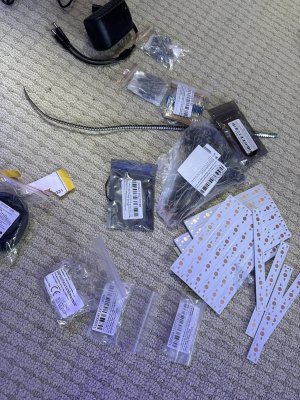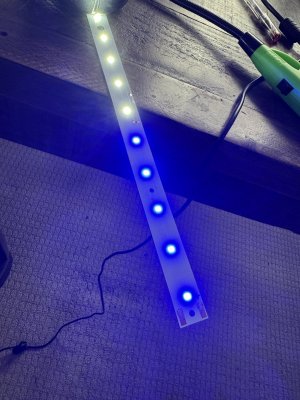Oh this is going to be a risky thread for sure - DIY lights don’t seem to be done any more but death scrolling AliExpress has given me the hope that it can be done successfully and cheaply - I can get similar color and nm range to an orphek icon OR4 for a fraction of the price - with fancy dimming. And maybe at decent PAR.
So the journey begins, judgment and piggy bank be damned!
AliExpress hasn’t been the fastest supplier with weeks in some cases between deliveries. I know that few want to be annoyed by a steady stream of minor updates so I’ll keep posts to the majors and DM any specific interest on the topic. Ultimately I’ll have the club par meter and my coral health be the measure of success!
I’ve made a start and I think the key to my success will be this DC dimmer which has done an unbelievable job at managing the power between cheap power supplies (no constant current/voltage here) and a range of LED’s - some with their own power management - sunrise / sunset timers, voice control for up to something like 80w all for about $3 and as cheap as $1.70. Oh and an app that’s intuitive and makes sense - unlike many reef light apps.
I can’t wait to post what I’m currently using for lights! You won’t believe it. Corals are coloring up, mushrooms getting puffy! Time will tell
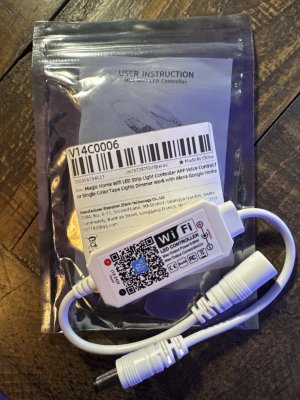
I have deliveries through Feb and will post again at the end of it
So the journey begins, judgment and piggy bank be damned!
AliExpress hasn’t been the fastest supplier with weeks in some cases between deliveries. I know that few want to be annoyed by a steady stream of minor updates so I’ll keep posts to the majors and DM any specific interest on the topic. Ultimately I’ll have the club par meter and my coral health be the measure of success!
I’ve made a start and I think the key to my success will be this DC dimmer which has done an unbelievable job at managing the power between cheap power supplies (no constant current/voltage here) and a range of LED’s - some with their own power management - sunrise / sunset timers, voice control for up to something like 80w all for about $3 and as cheap as $1.70. Oh and an app that’s intuitive and makes sense - unlike many reef light apps.
I can’t wait to post what I’m currently using for lights! You won’t believe it. Corals are coloring up, mushrooms getting puffy! Time will tell

I have deliveries through Feb and will post again at the end of it

